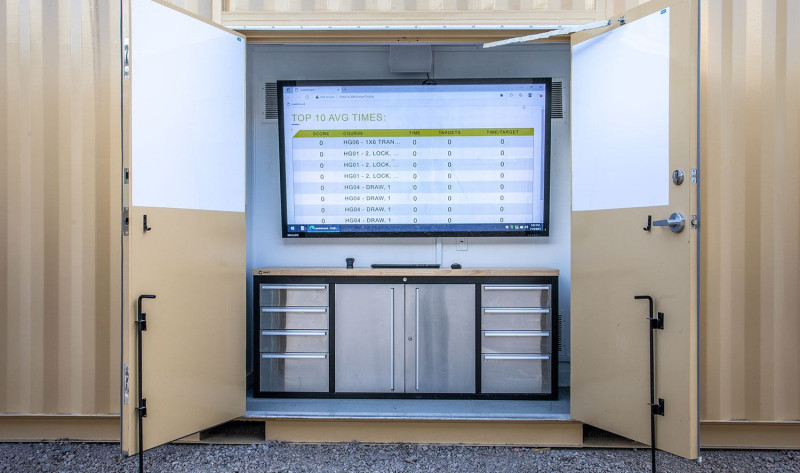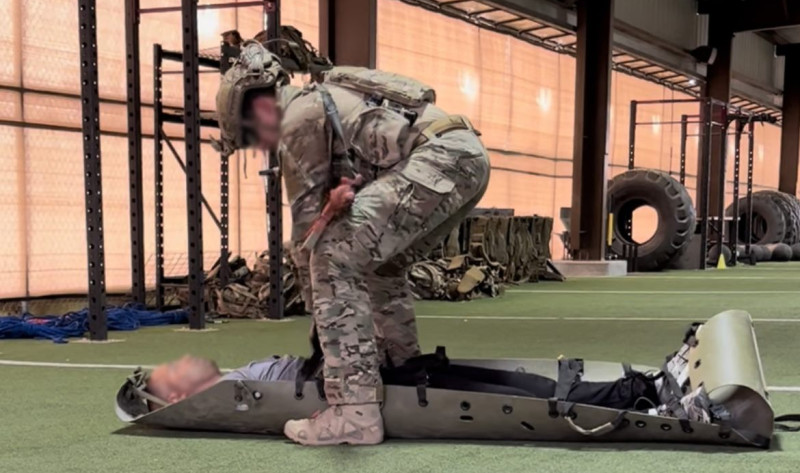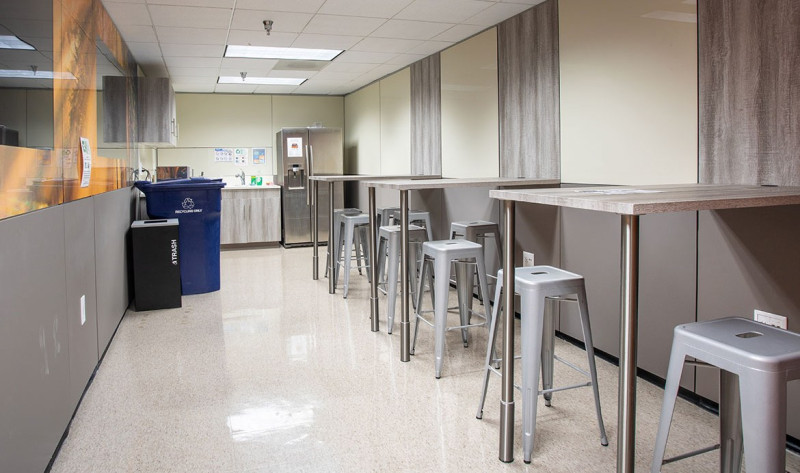Is better always best?
On May 10, 1941, during the Blitz, a bomb destroyed the famous British House of Commons chamber. Maybe you’re familiar with this room — benches facing each other, books on a table in the middle, and often a lot of chaos as ministers debate and govern. A historic room, but not the most efficient by modern parliamentary design standards, which favor more spacious, less confrontational layouts, typically in a semi-circle.
So, was the silver lining of this tragic destruction the opportunity to rebuild with modern design?
Winston Churchill didn’t think so. A couple of years later, in October 1943, he spoke words that should guide us today: We shape our buildings, and thereafter they shape us. Churchill understood that the inefficiency, the chaos, and the history of that space had shaped British governance and, by extension, society. He recognized the transformative power of that chamber.
We can learn from that lesson too. Too often, we judge a space by its modern aesthetics and efficiency, overlooking its transformative potential. In our 5 Forces framework, we always start with the Transformation Force because, when maximized, it changes how every other force affects the project. It takes discipline to resist jumping straight to budget, approvals, or timelines. Instead, we pause to explore a project’s potential to transform people and communities.
We all know the built environment’s power for good. Let’s design for transformation with the same energy we dedicate to the space itself.
Discover more about the 5 Forces and how an Omega Launch can help your project transform here.
More Insights
Design a better ending.
Call 800.244.1452
"*" indicates required fields


